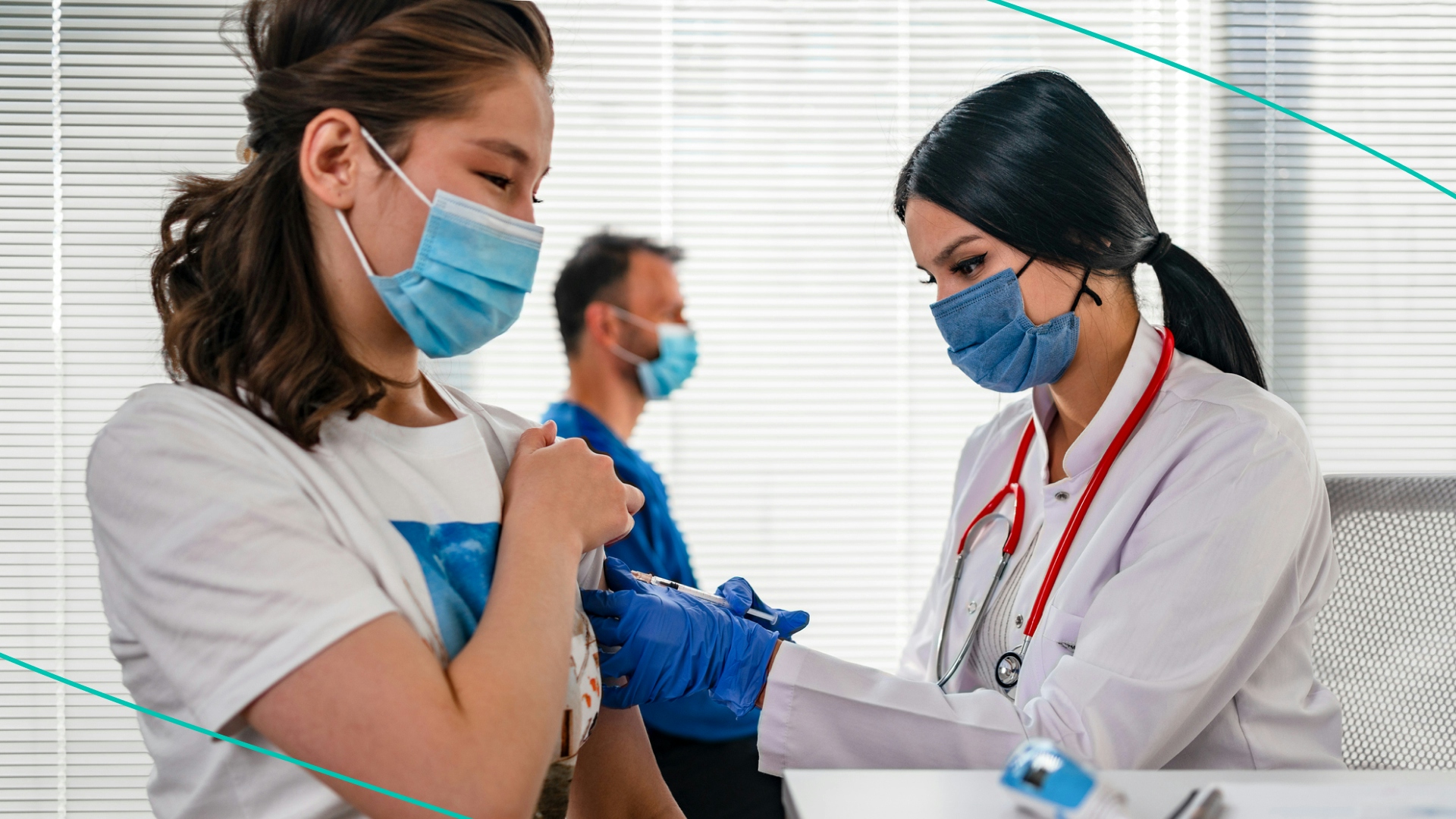COVID-19 vaccines are highly effective at preventing serious illness and hospitalization. But breakthrough infections in fully vaccinated people are still possible — especially with the Omicron surge. And over the course of December, Omicron became the dominant variant, making up 98% of US cases. And it’s broken the pandemic record for both daily infections and COVID-related hospitalizations.
Even though vaccinated people are still susceptible to COVID-19, experts say being vaxxed and boosted is critical. “Most of us who are vaccinated and boosted will, if we do get infected, in all likelihood have no symptoms or mild symptoms,” Dr. Wafaa El-Sadr, professor of epidemiology and medicine at Columbia University, said.
But a positive test is still cause for concern. So, if you’re fully vaccinated and wind up testing positive for COVID-19, here’s what you need to know.
Getting Tested After COVID-19 Exposure
If you were exposed to COVID-19: The CDC says you should get tested at least five days after exposure — regardless of whether you experience symptoms. The agency also recommends wearing a mask around others for 10 days, avoiding travel, and monitoring symptoms.
If you are experiencing symptoms: On top of getting tested, the CDC recommends isolating yourself for five days. If your symptoms stop by the fifth day — and you get a negative test result — your quarantine can end. But you are advised to wear a mask for an additional five days. The agency also says you should avoid travel and stay away from individuals considered high-risk (think: your grandparents and the immunocompromised). If your symptoms continue past the fifth day, continue isolating until symptoms have stopped.
What to Do If You’re Fully Vaccinated and Test Positive
Similar to the above, the CDC says to isolate for five days. You can end your quarantine on day five if: you aren’t showing symptoms or your symptoms have subsided. And you’ve been fever-free for 24 hours. In either instance, wear a mask around others for five additional days after isolation. Also avoid travel and being around others who are considered high risk. If your symptoms haven’t stopped by the fifth day, continue isolating until they’re gone.
Pro tip: To calculate your isolation period, day zero = your first day of symptoms. Day one = the first full day after your symptoms developed.
The latest isolation guidance went into effect on Dec. 27. Before that, the CDC said people should isolate for 10 days if they were exposed to the virus or tested positive. But the agency faced growing pressure to shorten the time for critical workers (think: airline staff and health care employees). That’s because Omicron exacerbated staffing shortages in hospitals, among other crucial industries.
Mixed reviews. Some health experts have criticized how short the quarantine period is for positive cases. While others question why testing isn’t playing a bigger role in the guidance.
Even with industries struggling, it’s critical that those who are infected stay home. El-Sadr said it’s our “individual responsibility” to take precautions — regardless of vaccination status. “We have a responsibility to protect the people around us.”
theSkimm
No vaccine guarantees 100% protection from COVID-19. But they do help prevent serious illness, hospitalization, and death if a breakthrough infection occurs. And as officials continue to fill in the blanks on the Omicron variant, it’s important to keep up to date with the latest guidelines for fully vaccinated people, pay attention to how you’re feeling, and take the recommended actions if you were exposed.
Updated on Jan. 13 to include latest CDC quarantine and testing guidance.
Updated on Aug. 10 to include the latest numbers and news on breakthrough cases in the US.
Live Smarter
Sign up for the Daily Skimm email newsletter. Delivered to your inbox every morning and prepares you for your day in minutes.
